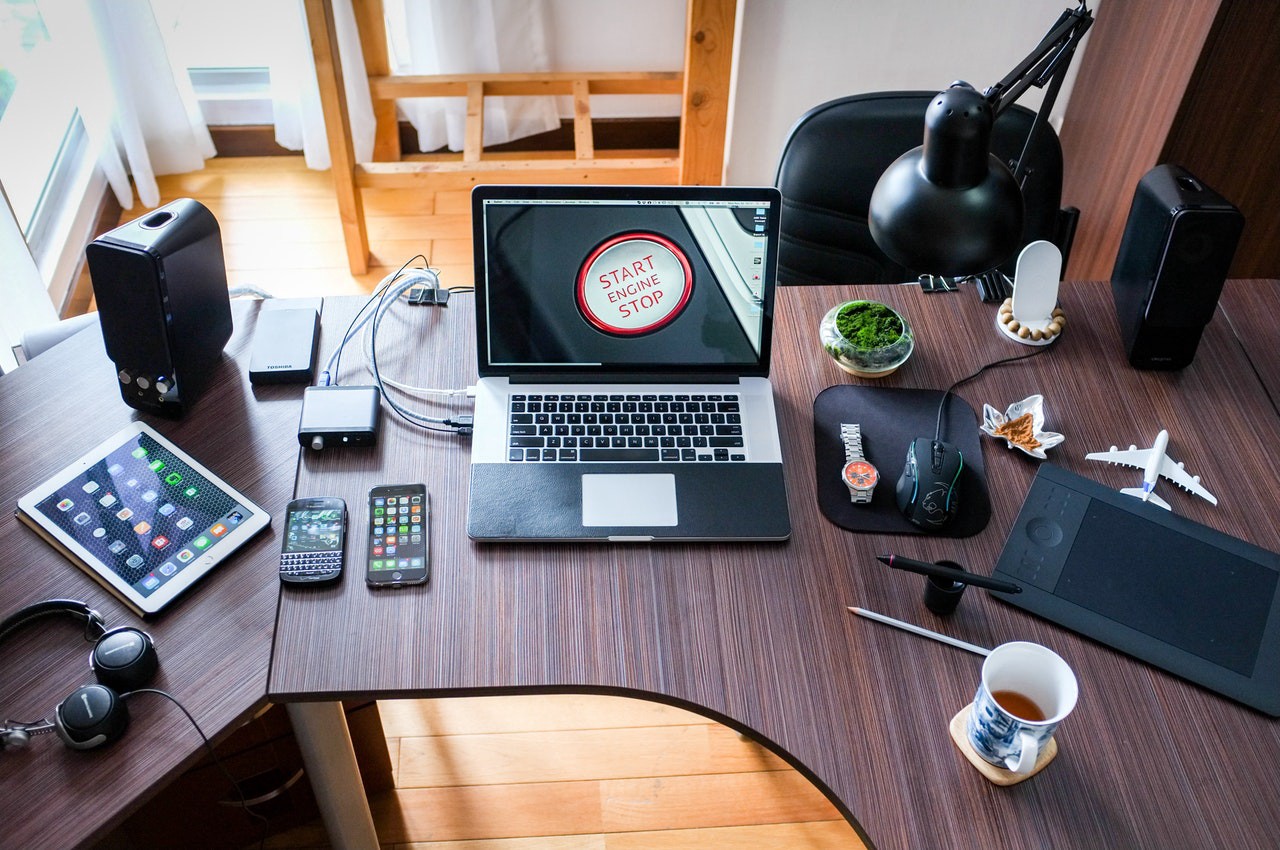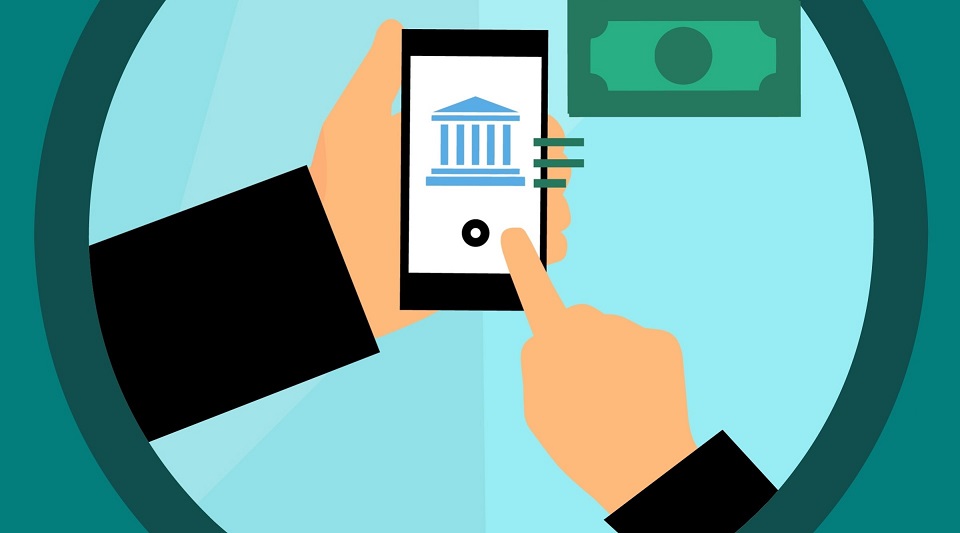Shaping a workplace that emphasizes employee well-being

When employees begin to feel unmotivated or detached from their responsibilities, it can significantly disrupt a company’s ability to grow and maintain a competitive advantage. Persistent problems—such as a toxic work environment, inadequate compensation, heavy workloads, and prolonged stress—gradually eat away at productivity and weaken profitability. If left unaddressed, these issues often result in falling morale, operational inefficiencies, and limited career development.
To counter these challenges, organizations must nurture a workplace culture grounded in inclusivity, encouragement, and consistent employee support. In today’s talent-driven market, prioritizing workforce well-being is no longer a bonus—it’s essential to long-term organizational success. More businesses are realizing that when employees feel truly valued and supported, engagement, retention, and performance all improve.
Top-tier companies take a holistic approach to wellness, addressing everything from mental health and financial stability to workplace relationships and cultural alignment. These efforts frequently lead to stronger loyalty, reduced turnover, and a more motivated workforce.
A critical component in making these wellness strategies actionable is the support of an HR PEO. These professional employer organizations partner with business leaders to develop tailored wellness initiatives, fine-tune benefits plans, and ensure internal policies align with both employee expectations and organizational objectives. Their expertise helps foster a more unified, resilient, and collaborative workplace.
Prioritizing employee wellness produces tangible results. Providing access to mental health support, career development tools, and flexible work arrangements helps employees feel empowered and connected to their roles. These measures often lead to improved innovation, smoother collaboration, and enhanced adaptability company-wide.
Research continues to show that strong wellness programs directly correlate with positive business outcomes—from increased employee satisfaction and retention to a more energized and committed team. When people feel cared for, they’re more likely to invest in their work and the company’s broader mission.
Building a people-first organization requires thoughtful planning and long-term commitment. Programs like Employee Assistance Plans (EAPs), wellness-focused activities, and adaptable scheduling can have a lasting impact. Additionally, updating compensation structures, expanding benefits, and supporting hybrid or remote work arrangements can help businesses stay flexible in an evolving job landscape.
Check out the infographic below for practical ideas on cultivating a more engaged, resilient, and future-ready workforce.



